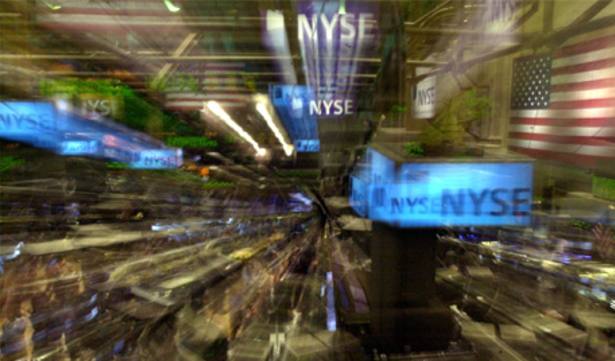The ratio is inversely correlated with both GDP and the stockmarket. In other words, consumption is boosted by a falling saving ratio. When consumers become more cautious, the ratio starts to rise again, generally leading to a decline in consumption and equities.
Unsecured lending has been rising fast, exceeding growth of mortgages and business loans. The pace of growth has moderated, although it still rose 5.6 per cent on the year to February to £180.7bn, the highest level since 2010. It is clearly not a sustainable way of generating long-term growth. With average interest rates on credit card debt of around 18 per cent and overdraft rates near 20 per cent, according to Bank of England data, this type of behaviour is only storing up problems for the future.
Meanwhile, the housing market is one area that has been performing well in the UK, although arguably house price appreciation has been driven more by scarcity of supply and availability of cheap credit than underlying strength in the economy. Despite rising prices, homeowners have become more cautious and this will undoubtedly have had a negative impact on consumption.
By joining these dots together we can see there are many influences on GDP.
Some of these are positive and some are negative on a short-term basis. With retail sales struggling to make headway, dependent on an all-time low saving rate and a rise in unsecured lending, consumption is unlikely to grow strongly despite record employment.
Looking into the medium to long term, it is difficult to see how GDP growth can be sustained, even at the current level. The future of the UK economy therefore remains uncertain.
John Goodall is head of private client research at WH Ireland






